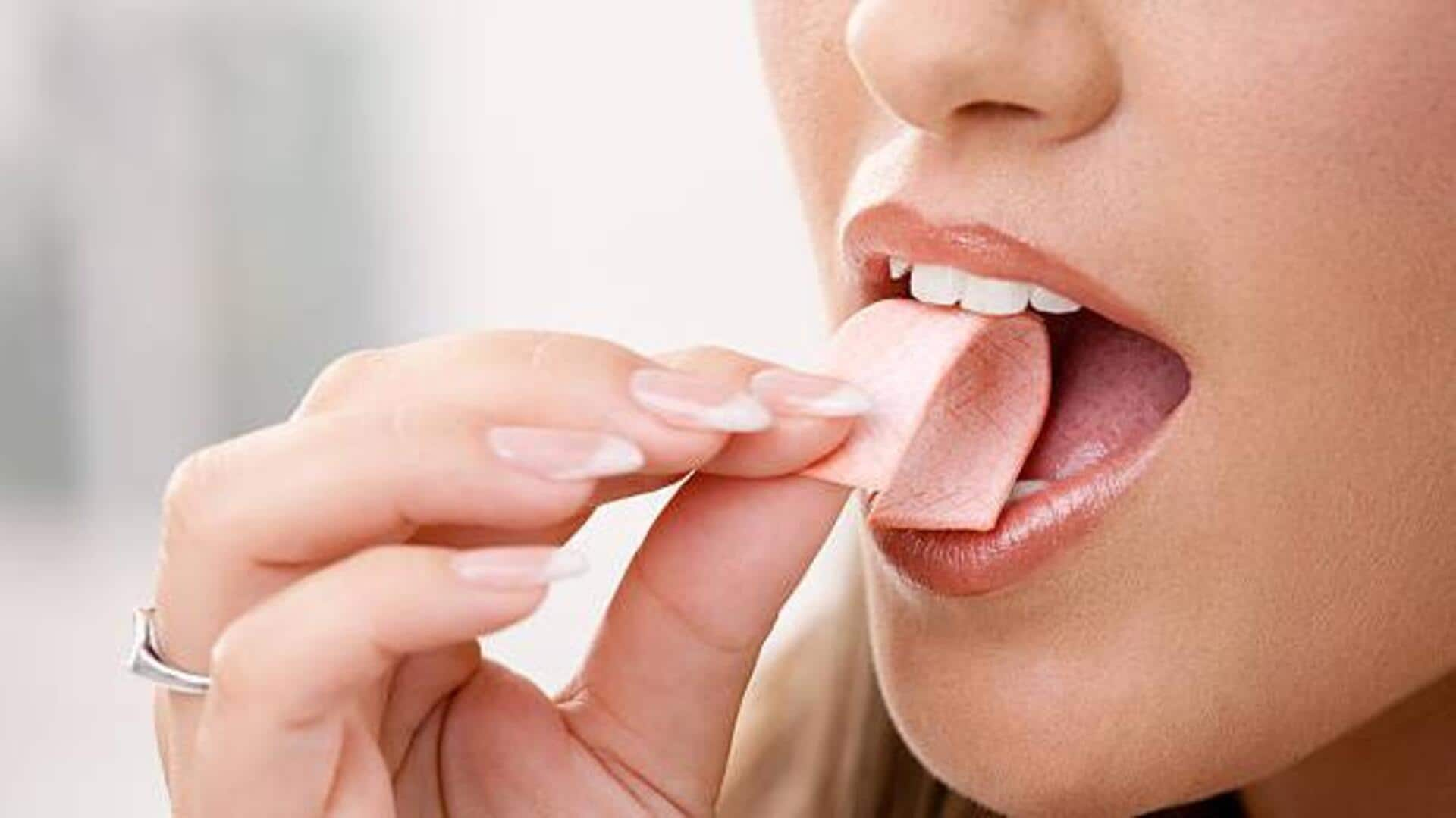
Sugar-free gum: Myth v/s facts
What's the story
Sugar-free gum is frequently marketed as a dental health ally, but misconceptions are plenty. Many think it can replace brushing or that all sugar-free gums are equally beneficial. This article aims to bust those myths and get you insights into the real impact of sugar-free gum on dental health. By knowing the facts, you can make informed decisions about including sugar-free gum in your oral hygiene routine.
Myth 1
Not a substitute for brushing
While sugar-free gum can help reduce plaque and freshen breath, it is not a substitute for brushing teeth. Chewing gum stimulates saliva production, which helps wash away food particles and acids. However, it doesn't remove plaque like brushing does. Regular brushing with fluoride toothpaste remains essential for maintaining oral health.
Myth 2
All sugar-free gums are not equal
Not all sugar-free gums provide the same dental benefits. Some have xylitol, a natural sweetener that reduces cavity-causing bacteria in the mouth. Others may use some other sweeteners that don't have the same effect. By looking for the xylitol content in the labels, consumers can ensure they are buying the gums that are beneficial for oral hygiene.
Myth 3
Can help reduce dry mouth
A common misconception is that chewing any type of gum will worsen dry mouth conditions. However, sugar-free gum can actually be beneficial. It works by stimulating saliva flow, which in turn alleviates the symptoms of dry mouth. This increase in saliva production not only helps neutralize harmful acids but also provides essential minerals to tooth enamel, supporting overall dental health.
Myth 4
Does not whiten teeth significantly
Some think that chewing sugar-free gum will whiten teeth effectively, but its effect on tooth color is minimal at best. While some gums may have whitening agents or claim to brighten them slightly by removing surface stains with increased saliva flow, they cannot substitute professional whitening treatments or regular cleaning practices.